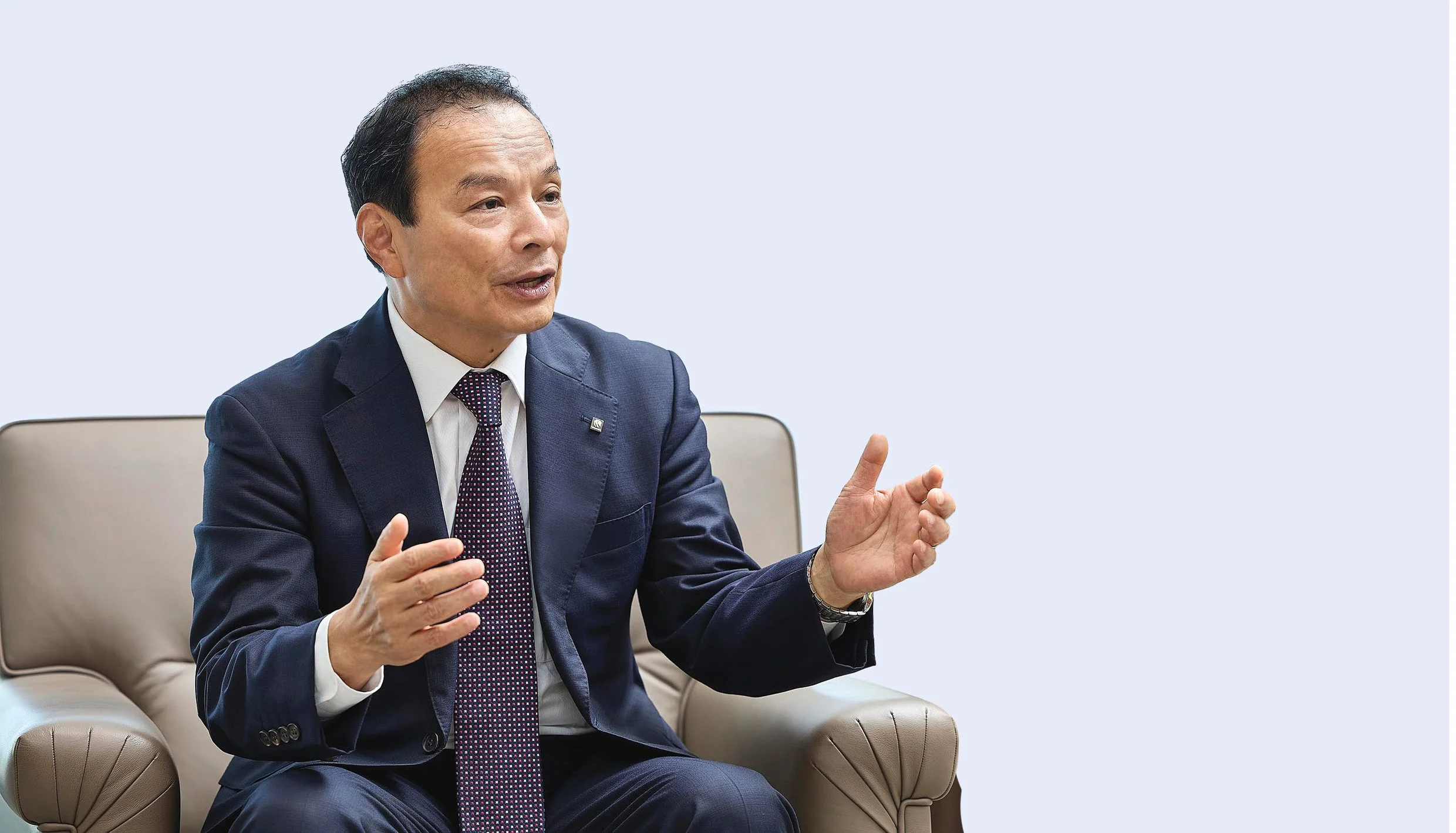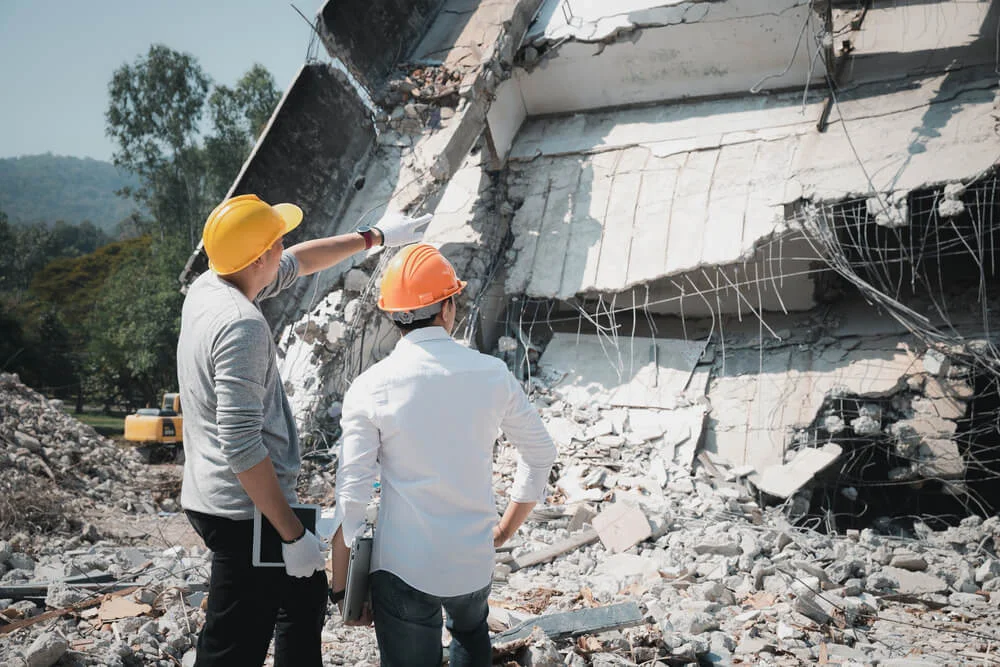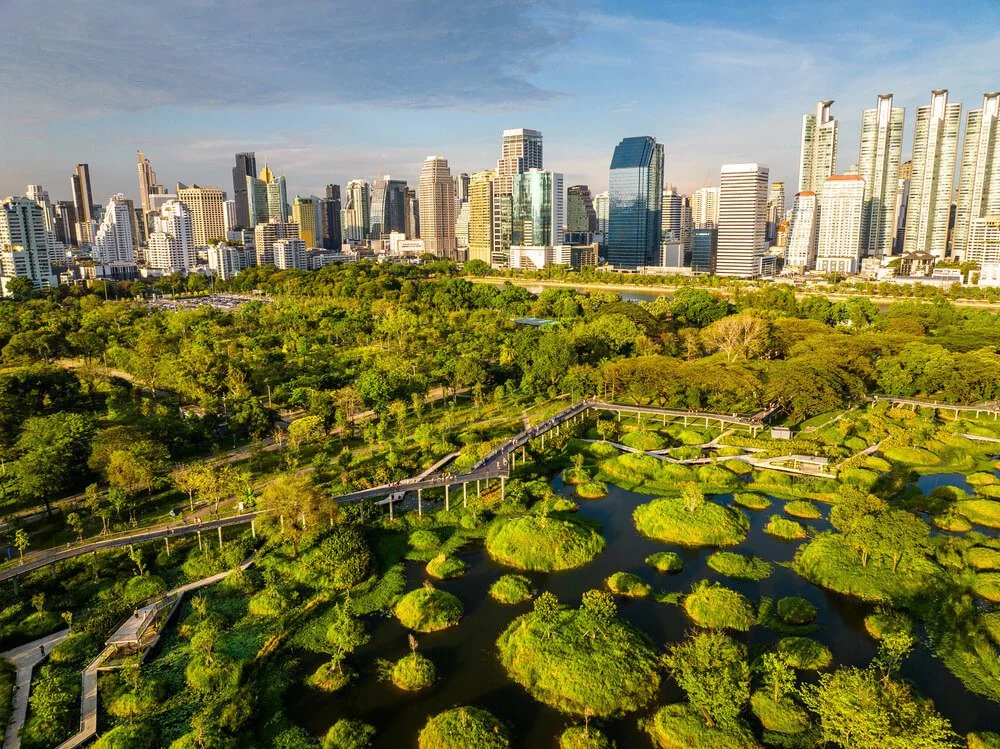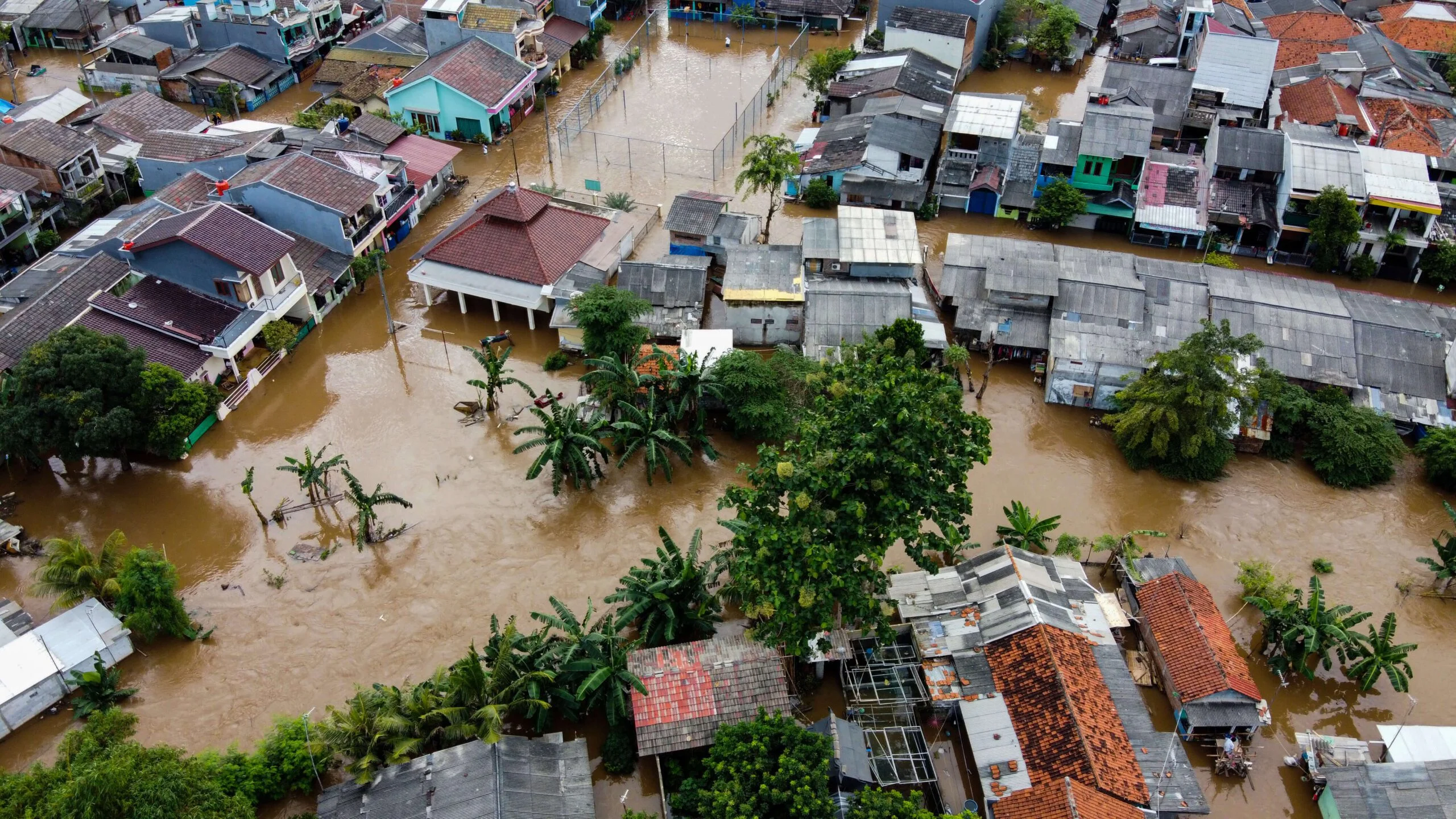In the age of volatility, uncertainty, complexity and ambiguity, how is Tokio Marine Group’s purpose helping it deal with emerging risks?
Satoru Komiya: Since our founding in 1879, we have always worked to deliver on our purpose “to be there with our customers in times of need”, standing by them through disasters and when they are stepping into uncharted territory.
This age of unprecedented change brings a need for innovative solutions to the challenges we face. As a company founded in Japan, we have experienced many major natural catastrophes over our 140-plus years. Despite occupying only 0.25% of the world’s area and contributing 6% of global GDP, Japan accounts for more than 20% of global economic losses from natural disasters. Through these experiences, we have learnt that to deal with great adversity we must always deliver on our commitments and work with our clients and communities to create a more resilient society.

Satoru Komiya, president and chief executive, Tokio Marine Group
We need to build resilience in mitigating and recovering from major events while working to address their root causes.
To be part of the solution, we have been expanding our range of services in areas like loss control, risk detection, recovery and reconstruction, and recurrence prevention, with new technologies advancing our efforts to do what we do well even better.

How is Tokio Marine Group using new technology to improve the resilience of its customers and the cities they live in?
Satoru Komiya: We are always thinking about how we can be robust and agile through the best mix of people and technology. Technology evolves, but our people’s ability to use it for better outcomes is what makes the real difference.
Insurance has always used data to evaluate risk, and we must view each new technological evolution from two perspectives. First, new technology brings new risks. We work with customers to mitigate the potential negative impacts of implementation. Second, we have to think how we as a business can use technology to further enhance our services.
Generative AI shows the need for this dual perspective. Its immense possibility must be balanced with the obligation to protect and properly use data and intellectual property. Internally, we are exploring how it can support and enhance our people’s decision-making. Externally, we are looking at how our clients and society are planning to implement AI and thinking how to support them in managing the risk.

As we see more extreme weather events and an increasing number of natural catastrophes, how can Tokio Marine Group contribute to achieving a sustainable future?
Satoru Komiya: This is the biggest challenge the insurance industry faces. We need to build resilience in mitigating and recovering from major events while working to address their root causes. We have deployed satellites and drones to provide rapid damage assessment, and created parametric insurance to speed payment. We are also working with our customers to help them build resilience in their businesses and lives.
At the same time, we must deal with the climate crisis and use the power of insurance to facilitate the transition to net zero. From sharing data to underwriting and investing in new green projects, insurance plays a critical role.
This philosophy and desire to create a sustainable society is reflected in the design of our new HQ building in central Tokyo, scheduled for completion in 2028. By using Japanese timber and renewable energy for the construction, we aim to reduce emissions by half compared with traditional methods. The building will stand as a symbol of our commitment as a group to realising a sustainable society for years to come.
We remain committed to solving society’s biggest issues, helping to accelerate progress while giving people and businesses the confidence they need to move forward in a world full of risk and possibility.














